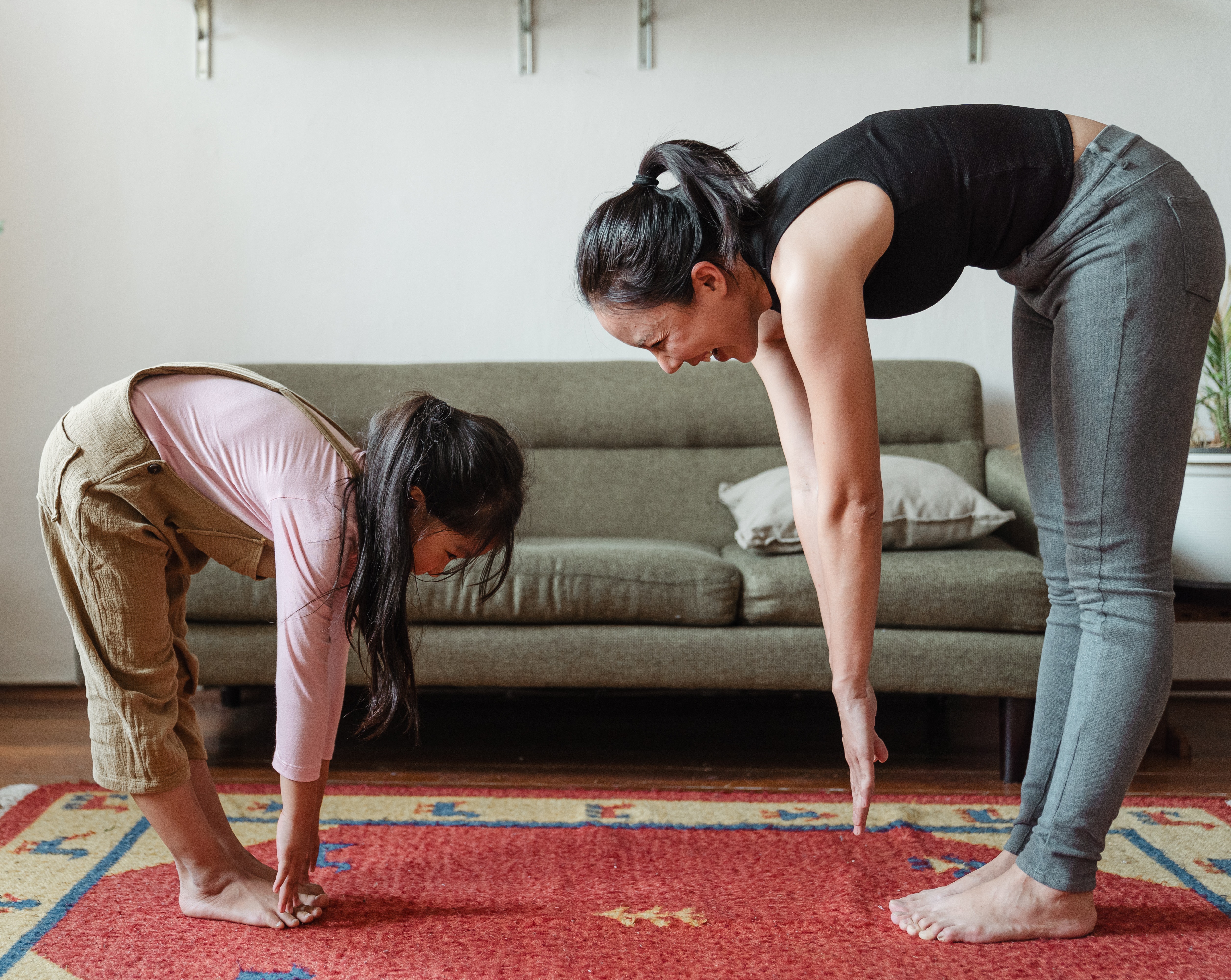For much of the country, remote learning has become somewhat of a norm as the 2020-2021 school year rolls on. By this point, many families are starting to become experts in navigating the remote learning/remote working balance. At the same time, we know students are missing out on that crucial in-person connection that helps them learn how to build relationships and effectively communicate. In addition, there are a number of issues that may arise from prolonged screen time and sitting.
If you have ever worked in an office setting with a company that offers and encourages employee wellness, you know that you are encouraged to take short breaks throughout the day to step away from your desk and computer. These breaks are essential in reducing burn-out and are even noted as improving productivity among employees. If it is important for adults to take breaks throughout their workday, then it is essential for students to abide by the same mindset.
When students attend school in-person, they have time between classes to move, stretch, and walk (sometimes run) to their next class. Lunchtime provides an important break for students to decompress and connect with their friends. If you and your student plan to remain in a remote learning environment for the remainder of the year, there are a few ways you can support your student’s physical and mental wellbeing.
Don’t skip out on P.E.
Physical education is important in student development. Not only are they improving their physical health, being physically active helps to improve their mental health. Now, you may not have a track in your backyard, or a climbing rope, but you can encourage any type of physical activity during your child’s school day. The simple act of getting out from behind their desk and moving their bodies will stimulate their bodies and mind.
Try to encourage your child to get outside. If it isn’t an option, there are so many fun, child-centered exercises available on YouTube to enjoy physical activity at any age!
Meal planning can be a great learning activity
Along the same lines as caring for your body through physical activity is the importance of healthy eating. Trying new foods and eating a variety of fresh foods plays a key role in development. Make it a fun learning activity by encouraging your student to do a research project where they plan the meals for the week. Are they learning about a particular country in one of their classes? Turn dinner into a theme night. Perhaps you help them improve their math skills by teaching them about budgeting for your weekly grocery shopping trip.
Your students, even those in preschool, can learn by helping prepare dinner! And it provides a great way for you to bond and have meaningful conversations while you work together.
Schedule technology-free time
We can all suffer from screen-time fatigue. This is especially true in children who aren’t used to working in front of a computer all day. Make sure that your student takes necessary breaks throughout the school day to adjust their eyes and reduce strain and tension that can lead to headaches and burn out. A good rule of thumb is the 20-20-20 rule. For every 20 minutes of working on the computer, take a 20-second break and look at something 20 feet away. For smaller children, it may be important to take longer breaks from the computer.
At the end of the school day, encourage your children to play, read a book, or work on something where they are not tied to a computer, tablet, or phone. Technology-free family dinners are a great way to connect and take that much-needed break.
Be supportive
Lastly, the most important thing you can do for your students during this stressful and confusing time is to simply be there for them. Allow them to get angry or frustrated but let them know that you will be there to help them through. Encourage them to make socially distant plans with their friends after school or on the weekends. Urge them to take breaks when they feel overwhelmed. Let them know that this new and difficult transition will pass and they will be stronger and more resilient in the end.


